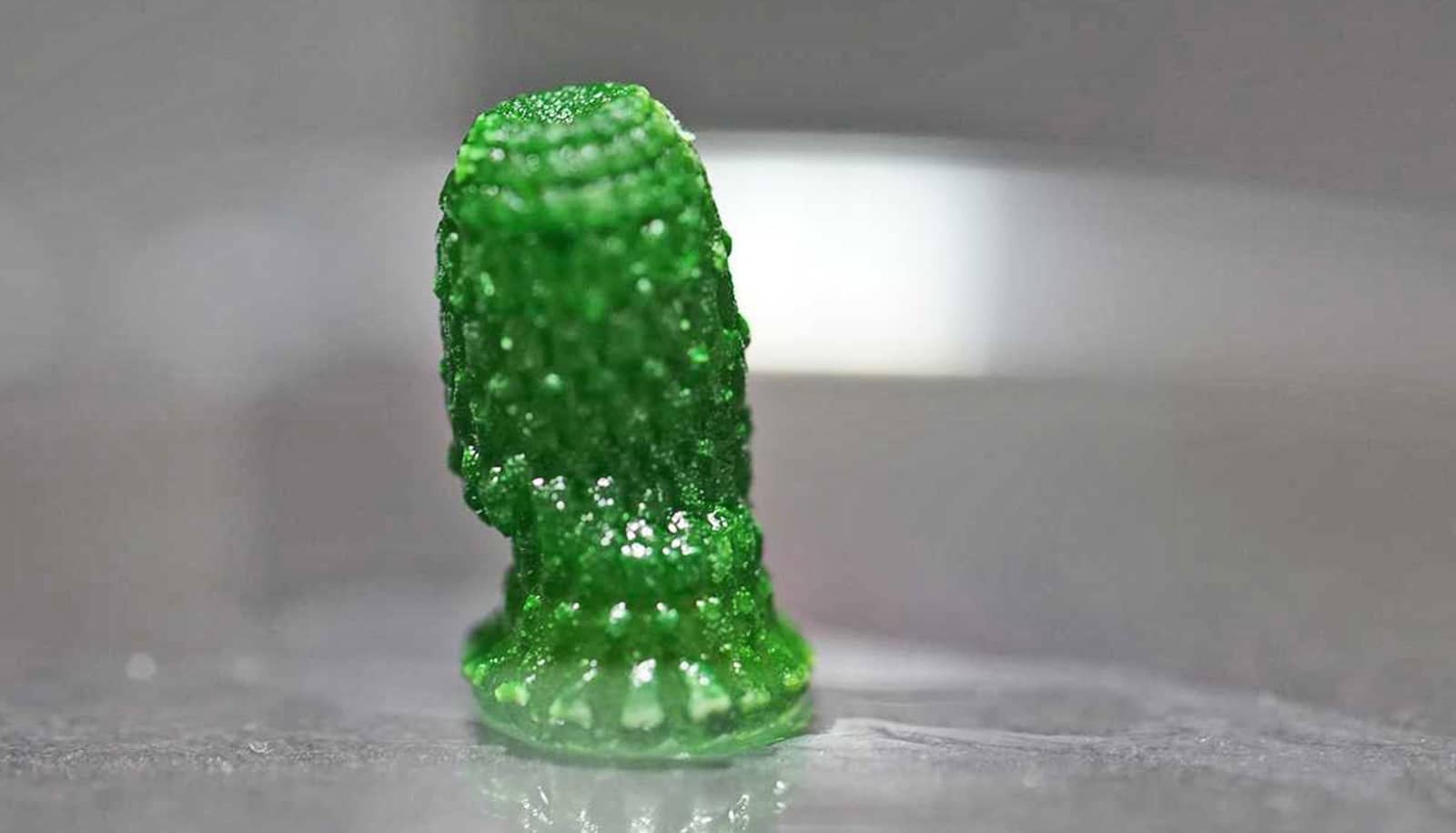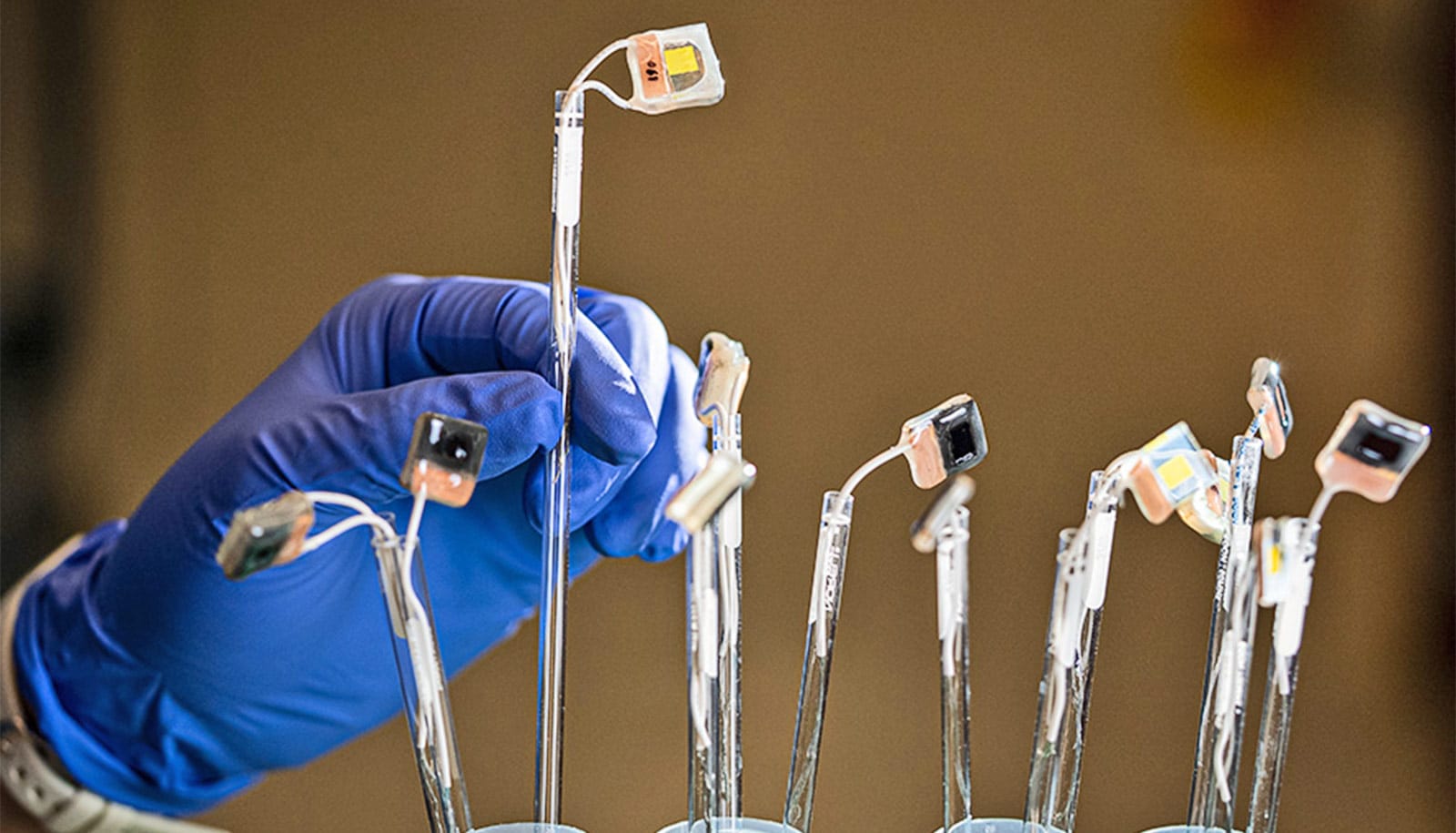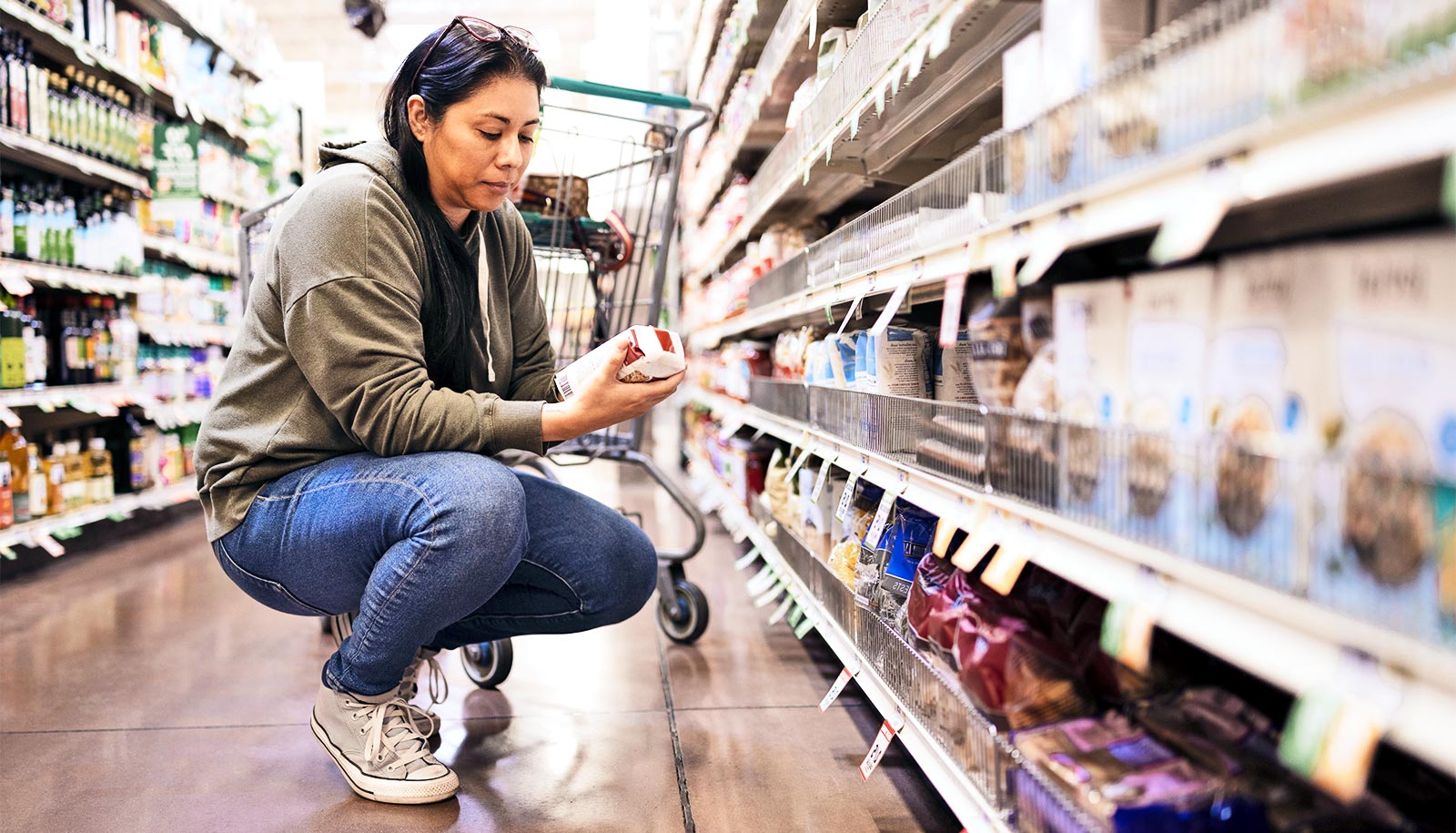Researchers have devised a more accurate way to predict and measure the impact products have on the environment.
Using a process called life-cycle assessment, companies often test the environmental impact their products may have—as well as the impact of producing the components, such as corn or sugarcane, that go into those products. This kind of assessment, however, often lacks detail about how the products affect natural resources such as land, water, and biodiversity.
The researchers tested this new LCA, called Land Use Change Improved Life Cycle Assessment, or LUCI-LCA, by evaluating the potential environmental impacts of two bio-plastic products that could come from sugarcane grown in Mato Grosso, Brazil, or from corn grown in Iowa. Their approach—which includes more accurate data about the regional land composition than the traditional LCA—came to different conclusions about which option would be more environmentally responsible. The group reports the results in Nature Communications.
“The size and reach of multinational companies is stunning, on par with that of many nations,” says Gretchen Daily, professor of biology at Stanford University and senior author of the paper. “When we think about how to bring human activities into balance with what Earth can sustain, corporations have a major role to play in decoupling economic growth from environmental impact.”
Making a better LCA
Life-cycle assessment offers a systematic way of determining potential environmental impacts of a product from source materials to disposal. Results from these assessments often inform decisions companies make about product design, material, and technology choices and sourcing strategies. An incomplete or inaccurate assessment could lead to well intentioned but environmentally damaging decisions.
One problem with a standard life cycle assessment is that it represents the average land composition of the country from which materials will be sourced. So, in this case, it assumes that Mato Grosso contains the same proportion of rainforest as all of Brazil, and that sourcing sugarcane from that state would lead to deforestation of the Amazon.
Daily and her colleagues made improvements that allow for more refined assessment using data relevant to the exact regions from which materials would likely be sourced, taking into account predictions about future impacts to the environment.
“In reality, from the modeling that we did, it looked like most of the expansion of agriculture in Mato Grosso would happen in the savannah,” says Rebecca Chaplin-Kramer, research associate at the Stanford Woods Institute for the Environment and lead author of the study. “Whereas in Iowa, if any expansion happens, it will likely mean expanding into forest.”
How to make common chemicals from wood not oil
While the standard LCA showed that the Mato Grosso sugarcane would lead to more CO2 in the atmosphere, this more spatially sensitive LCA found that the carbon footprint of the Iowan corn was larger. In addition, while the traditional LCA found that the corn would result in more water use than the sugarcane, the new LCA found that the sugarcane would use more—900 percent more.
“This work has major implications for anybody involved in product innovation, commodity sourcing, or policy setting for new land development,” says Ryan Noe, a researcher with the National Capital Project at University of Minnesota and coauthor of the paper. “Where that sourcing comes from matters and it’s not really being captured with the approaches being used.”
Consuming with care
The researchers hope that the stark and significant differences between the results of the two LCAs will encourage companies and policymakers to adopt the new approach for decision-making.
It took the team substantial time and effort to pull together the data necessary for this case study. But with increased interest, they believe they could develop a more streamlined tool that would require little manual work.
“There’s more work at some levels—but this is exactly the kind of 21st-century work that responsible corporations are pursuing to promote green growth and a sustainable human enterprise,” Daily says. “In the short run, this approach will reduce costs and risks. In the long run, it is utterly key to survival.”
Additional coauthors contributed from Stanford, the University of Minnesota, the Natural Capital project, and Unilever. Unilever and the Gordon and Betty Moore Foundation funded this research.
Source: Stanford University



